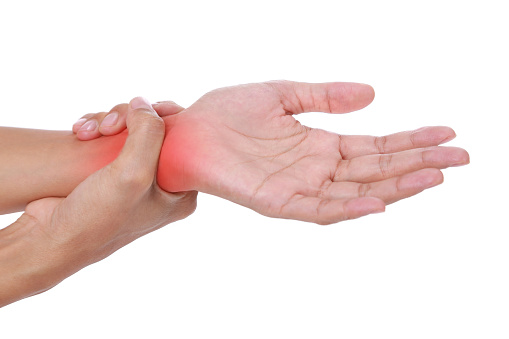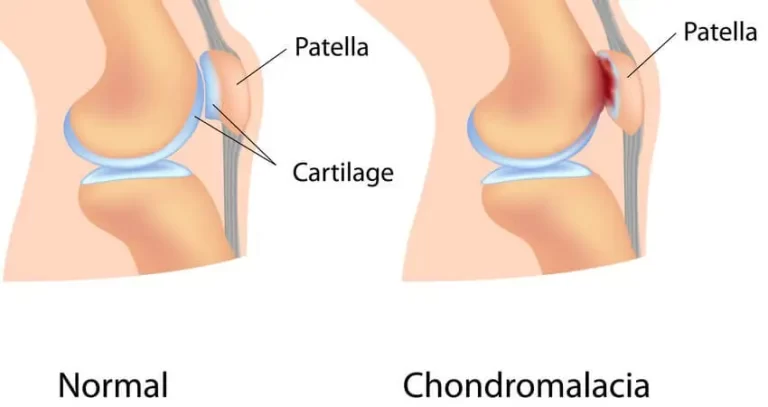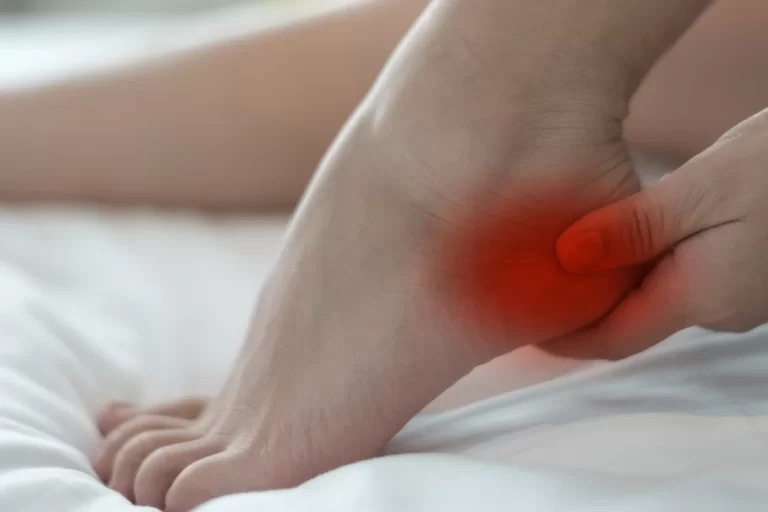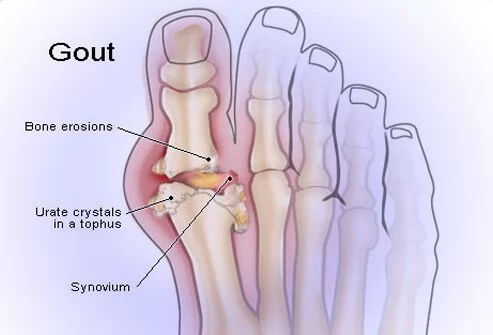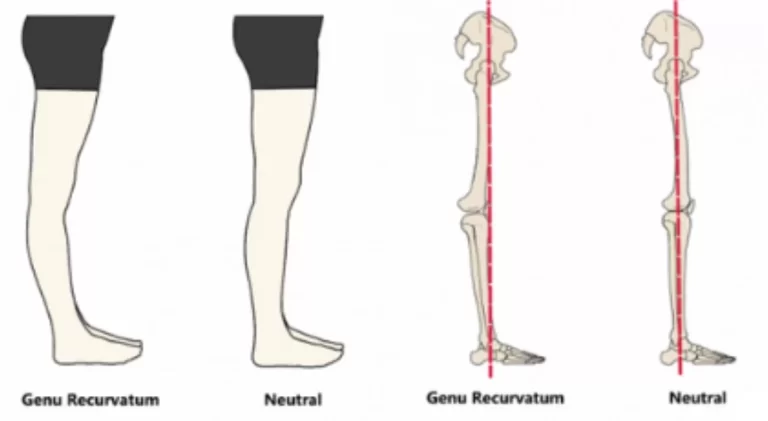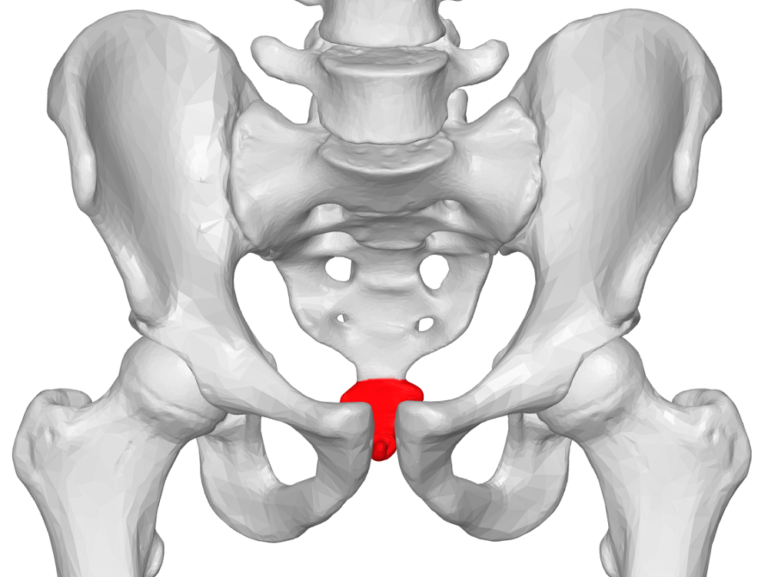Trigger finger and Physiotherapy Management
Anatomy related to Trigger finger There are three types of pulleys involved: Pathophysiology of Trigger finger Symptoms of Trigger finger Examination History Observation Palpation Range of Motion Joint Accessory Mobility Treatment of Trigger finger Medications Medical Management Open Surgical Technique Endoscopic Surgical Technique PERCUTANEOUS RELEASE Physio Therapy Management of Trigger finger Patient Education in Trigger…


